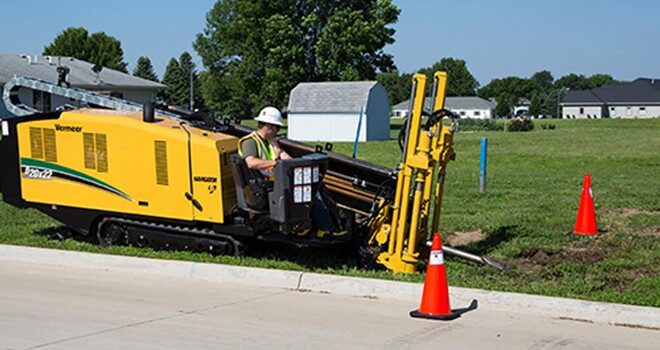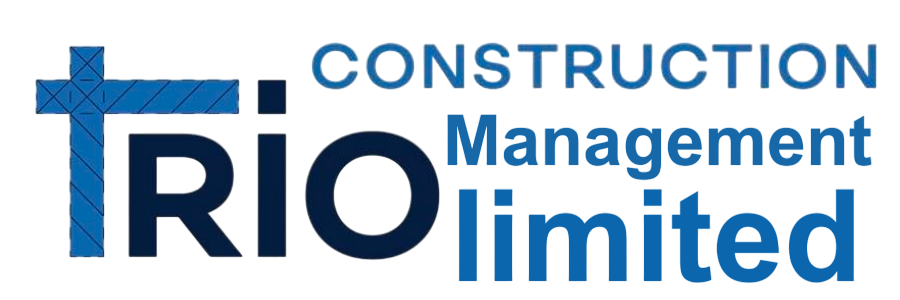- Your cart is empty Browse Shop

Horizontal Directional Drilling
Horizontal Directional Drilling (HDD) is a trenchless construction method used to install underground pipelines, cables, and conduits with minimal surface disruption. Instead of digging deep trenches, HDD uses advanced drilling rigs to bore a guided path underground, pull the pipeline or conduit, and complete the project efficiently and safely.
The Main Steps of HDD
- Pilot Bore – A small-diameter hole is drilled along a predetermined path using specialized tracking systems.
- Reaming – The hole is enlarged to the required size using reamers.
- Pipe Pullback – The product pipe is pulled through the borehole, completing the installation.
This method is widely used under roads, railways, rivers, and congested urban areas where traditional trenching would be disruptive, costly, or impractical.
Benefits of Horizontal Directional Drilling
When compared to open-cut excavation, HDD offers a range of advantages:
Minimal Surface Disruption
HDD is ideal for urban areas where digging trenches would block traffic or disturb businesses and residents. The ground surface remains almost intact, reducing restoration costs.
Faster Project Completion
Without the need for large-scale excavation, HDD significantly reduces installation time, keeping projects on schedule.
Cost-Effective in the Long Run
Though initial equipment costs are higher, HDD reduces expenses in restoration, labor, and traffic management, making it highly cost-efficient.
Environmentally Friendly
HDD minimizes soil disturbance, reduces waste, and avoids damaging sensitive ecosystems. It’s the preferred choice for projects near wetlands, landscaped zones, and environmentally protected areas.
